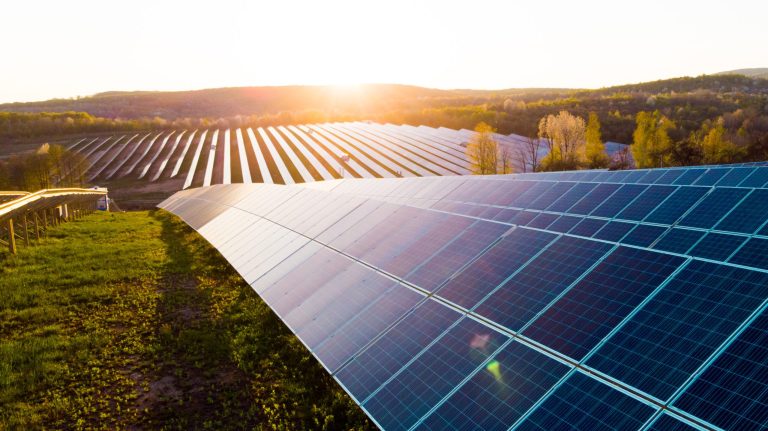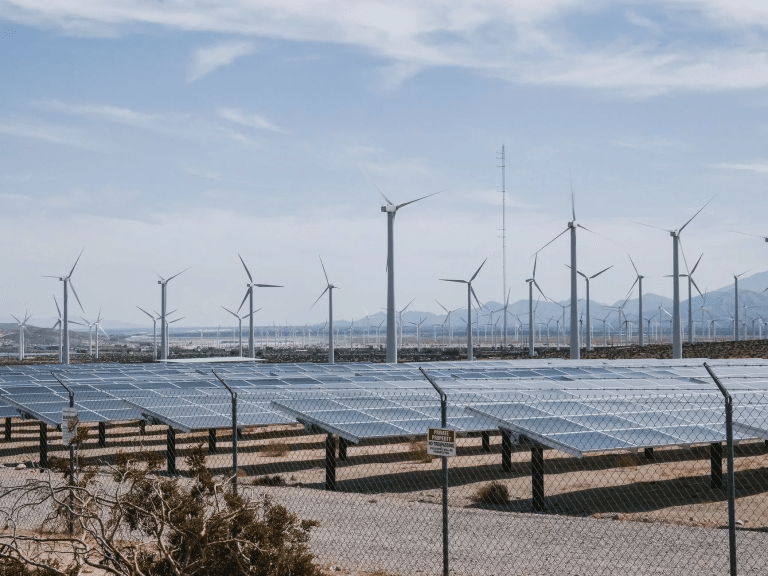Learn some tricks to consume less energy and save money on your heating bill, including the optimal setting for your thermostat.
With heating bills expected to increase by as much as 54% for some households this winter, many homeowners and renters are eager to find ways to reduce their energy consumption and save money on their heating bills. Fortunately, there are several easy ways to lower your energy usage — including by setting your thermostat to the right temperature.
In this article, we’ll explain how to configure your programmable thermostat for efficiency this winter and discuss how it makes a difference in your home. We’ll also offer a few tips on how to keep your house warm without breaking the bank.
The right temperature for winter
According to the US Department of Energy, it’s best to keep your thermostat at 68 degrees Fahrenheit for most of the day during the winter season. For maximum efficiency, you should also designate 8 hours per day during which you turn the temperature down by between 7 and 10 degrees. By following this routine, you may be able to reduce your yearly energy costs by up to 10%.
Depending on your schedule and comfort preferences, you can decide whether you’d prefer to keep your home cooler during the day or at night. Some people prefer turning the heat down at night when they can cozy up under blankets and won’t notice the colder conditions. Plus, sleeping in chillier temperatures may even be linked with getting more restful sleep.
For others, it might make more sense to turn the thermostat down during the daytime when they’re at work. Once you’re home, you can crank up the temperature to a more comfortable level.
Why it matters
What makes 68 F the best temperature for winter? It’s on the lower end of comfortable indoor temperatures for some people, but there’s a good reason to keep your home cooler during winter.
When your home is set to a lower temperature, it will lose heat more slowly than if the temperature were higher. In other words, keeping your home at a cooler indoor temperature will help it retain heat longer and reduce the amount of energy required to keep the house comfortable. As a result, you’ll save energy and money.
Positioning your thermostat for maximum efficiency
In addition to following these temperature recommendations, you can maximize your energy efficiency by installing your thermostat in the right place. It’s best to position your thermostat away from drafty areas (near vents, doors, or windows) and away from places that receive direct sunlight, as these factors could activate your thermostat unnecessarily. Instead, place it on an interior wall in a well-used area of your home.
Have a heat pump? Keep this in mind
Fiddling with your thermostat multiple times per day isn’t ideal, so it’s best to have a smart thermostat or programmable thermostat that lets you set a schedule and automate temperature changes.
Unfortunately, some smart and programmable thermostats don’t work well with heat pumps. If you have a heat pump system, ask your HVAC specialist about buying a special type of thermostat that’s designed for use with your system.
Other ways to reduce energy costs
If you’re frustrated with high utility bills, you might be interested in switching to green energy such as solar power. With solar panels, you can generate power yourself, reducing energy costs and your reliance on the public grid. They’re an eco-friendly alternative to traditional energy sources, providing clean power all year long (including in winter) for your home, business, or vehicle.
The bottom line
Being smart about your thermostat settings can make a real difference to your wintertime energy consumption. By reducing your home’s temperature to 68 F and under, you can conserve energy and cut down your energy bills.
How about the rest of the year? In summer, the opposite applies. During the warmer months of the year, the Department of Energy recommends turning your thermostat as high as possible and reducing it to 78 F to cool down.
Article by: Taylor Freitas







